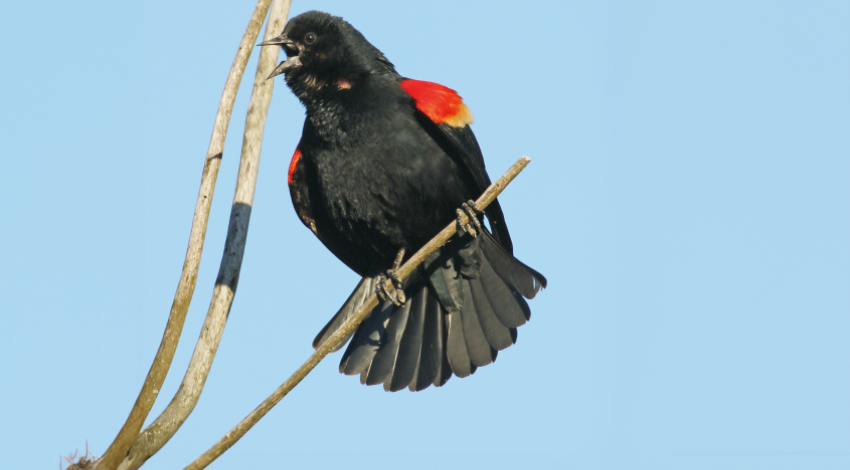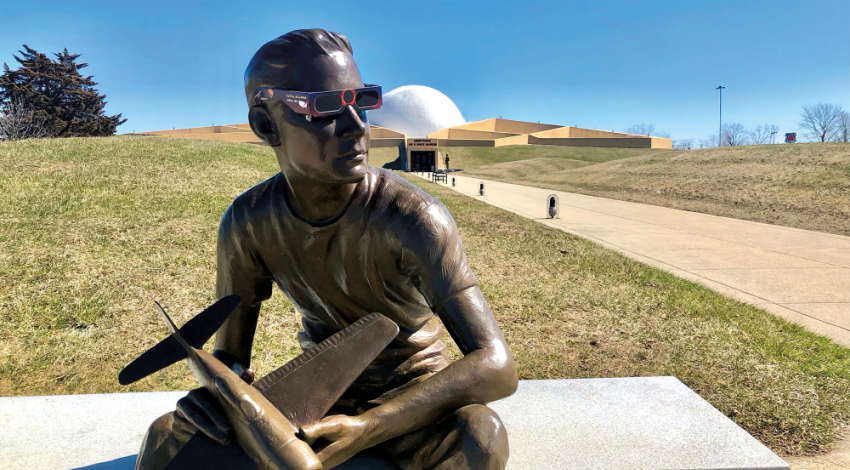This time of year, when most Ohioans can’t stand much more of winter, a certain songbird begins arriving in the Buckeye State with a promise that yet another spring is on its way.
Ubiquitous, conspicuous, and easy to identify, male red-winged blackbirds are a stunning glossy black, their wing epaulets — lesser wing coverts — flashing a vibrant red, highlighted by a yellow bottom-edge stripe. The sight of males bobbing on cattail stalks and sound of their familiar, gurgling “kon-ka-reee” song are sure signs that spring weather is not far off.
Often in life, we need to balance the practical with the possible. This is especially so as we navigate the social and political demands to rapidly reduce the amount of carbon emitted from the energy we use.
EPRI has been at the forefront of research to determine pathways that may someday lead to achieving dramatically lower carbon emissions that could meet the stated goals of many nations, organizations, and businesses around the world.
In my time on the board at EPRI, I’ve gotten a behind-the-scenes look at how our industry has been grappling with the many issues and concerns of rapid carbon emission reductions and identifying pathways that would allow us to meet those social and political demands. Among those concerns:
When spring’s first warm breezes blow over Ohio’s landscapes, there are plenty of folks — children and adults alike — who think, “It’s a great day to fly a kite!”
The group’s name is a clever allusion to Cincinnati’s history as well as the group’s reason for existence. “Cincinnati used to be the pork-processing capital of the U.S.,” says longtime member John Graves of Fairfield, a retired registered nurse, who also explains that “P.I.G.S. Aloft” stands for “People Interested in Getting Stuff Aloft.”
“We don’t collect dues or elect officers,” Graves says. “We just get together to fly our kites and have fun. Anyone is welcome to join us.”
The U.S. electricity system is poised to change more in the next 30 years than it did over the past century. The main reason for such a rapid transformation: goals set by industry and government to lower carbon dioxide (CO2) by mid-century.
Leaders within and beyond the sector are focused on developing the right mix of resources to enable a low-carbon future. While specific CO2 targets and the resources available to achieve them can vary by region, the early steps of the carbon reduction journey have shown that:
On April 8, the moon’s orbit will place it directly between Earth and the sun, casting nightlike darkness on a path starting in the South Pacific at about 11:42 a.m. Eastern time and ending about five hours later somewhere over the North Atlantic.
For the first time since Ohio’s infancy, the Buckeye State is in the path of a total eclipse of the sun, and Wapakoneta is almost directly in the center of that path. Viewers there will see the beginning of the eclipse shortly before 2 p.m., experience totality for nearly four minutes a little after 3 p.m. (with the maximum at 3:11 p.m.), and then watch it as partial again until about 4:25 p.m.















